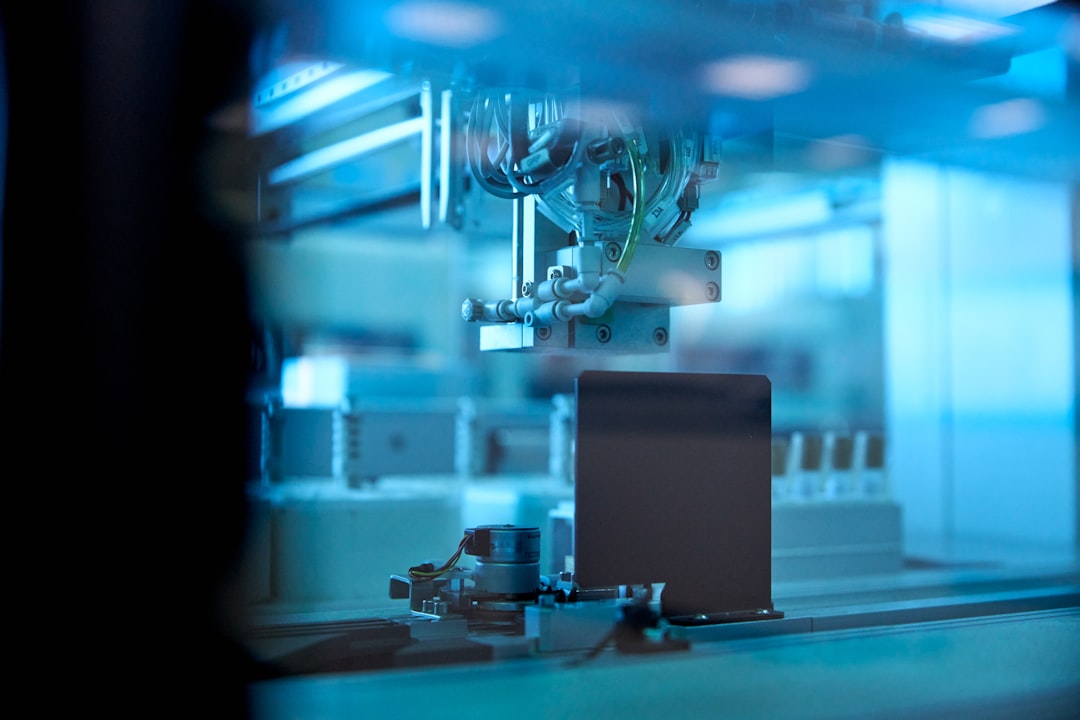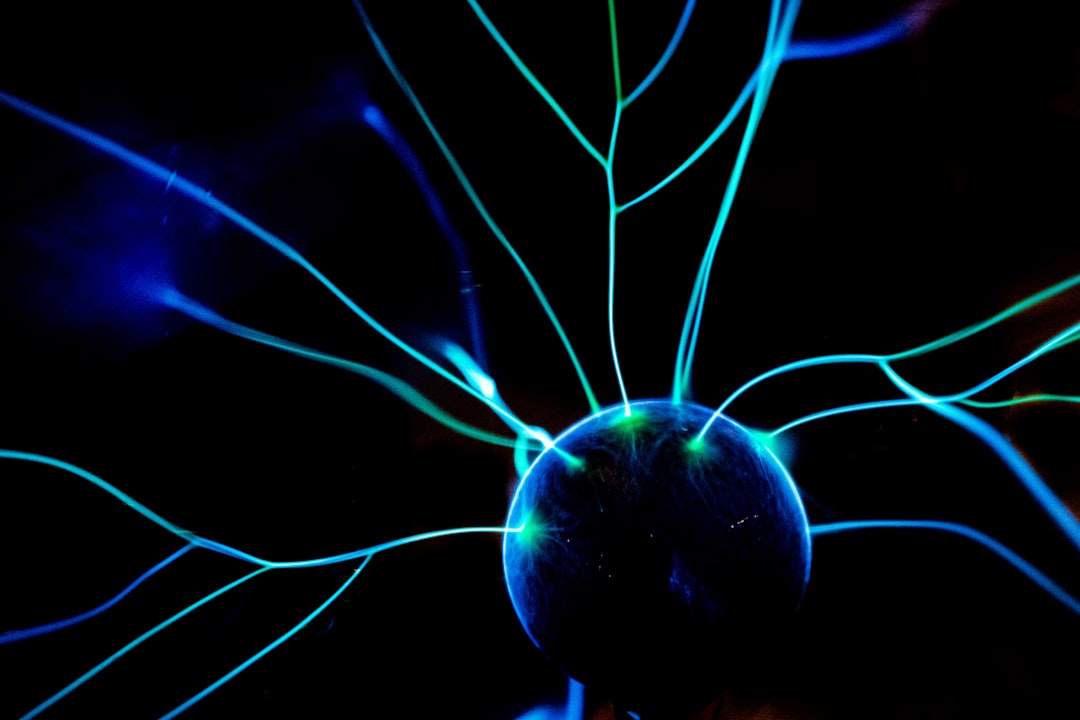Artificial intelligence (AI) is revolutionizing numerous industries, and healthcare is no exception. The integration of AI in healthcare has yielded significant advances in medical diagnosis, imaging and diagnostics, natural language processing, predictive analytics, and preventative medicine. With AI, healthcare professionals now have access to a wealth of data that can be analyzed and used to improve patient outcomes. In this blog post, we will explore the impact of AI on healthcare and how it is transforming the way we diagnose and treat patients.
The use of AI in healthcare has been met with both excitement and skepticism. While some see it as a game-changer that can help reduce medical errors, improve patient outcomes, and enhance overall healthcare quality, others are concerned about the ethical implications of using AI in healthcare. Nevertheless, it is clear that AI has the potential to revolutionize the healthcare industry and improve patient care.
In this blog post, we will delve into the different ways AI is being used in healthcare, including the power of machine learning in medical diagnosis, how AI is enhancing imaging and diagnostics, the role of natural language processing in healthcare, predictive analytics, and the future of preventative medicine. We will also examine the ethical implications of using AI in healthcare and how we can embrace the benefits while also addressing the challenges.
Overall, AI is transforming the healthcare industry in ways that were once unimaginable. The potential for AI to enhance medical diagnosis and treatment is immense, and we are only scratching the surface of what is possible. As we continue to explore the possibilities of AI in healthcare, it is important to remain mindful of the ethical implications and ensure that we are using this technology to improve patient outcomes and enhance overall healthcare quality.
The Power of Machine Learning in Medical Diagnosis
Artificial Intelligence (AI) has revolutionized the healthcare industry in recent years, with machine learning being one of the most significant advancements. Machine learning algorithms have the power to analyze vast amounts of data and identify patterns that would take human experts a lifetime to recognize. This technology has the potential to transform medical diagnosis by improving accuracy, speed, and efficiency.
One of the most significant advantages of machine learning in medical diagnosis is its ability to learn from data. Traditionally, medical diagnosis has relied on the expertise of human specialists to interpret medical images and test results. However, machine learning algorithms can analyze millions of medical images and test results to identify patterns and make predictions with high accuracy. This has the potential to drastically reduce the time it takes to diagnose illnesses and improve patient outcomes.
Machine learning algorithms can also identify subtle changes in medical images that are difficult for human experts to recognize. For example, in the case of breast cancer diagnosis, machine learning algorithms can analyze mammograms and identify small tumors that may not be visible to the naked eye. This can lead to earlier detection and treatment, improving patient outcomes and reducing healthcare costs.
Another advantage of machine learning in medical diagnosis is its ability to improve personalized medicine. By analyzing a patient’s genetic makeup and medical history, machine learning algorithms can identify the most effective treatments for individual patients. This has the potential to reduce the risk of adverse reactions and improve patient outcomes.
Machine learning has the potential to transform medical diagnosis by improving accuracy, speed, and efficiency. This technology has the ability to learn from vast amounts of data and identify patterns that would take human experts a lifetime to recognize. As machine learning continues to advance, we can expect to see significant improvements in patient outcomes and healthcare efficiency.
However, machine learning algorithms can analyze millions of medical images and test results to identify patterns and make predictions with high accuracy.
How AI is Enhancing Imaging and Diagnostics
Artificial intelligence (AI) has revolutionized many industries, and the healthcare sector is no exception. One of the most significant areas where AI is making a difference is in medical imaging and diagnostics. The use of AI in imaging and diagnostics is transforming the way healthcare professionals analyze and interpret medical images, providing more accurate diagnoses and better treatment plans.
Medical imaging is an essential tool in modern medicine. It allows doctors to visualize the inside of the body and diagnose diseases and conditions that may not be visible to the naked eye. However, analyzing medical images is a time-consuming and challenging task that requires a high level of expertise. This is where AI comes in.
AI algorithms can analyze medical images and detect abnormalities with a high degree of accuracy. Machine learning algorithms can learn from a vast amount of medical images to identify patterns and anomalies that may be difficult for human experts to spot. This can lead to earlier and more accurate diagnoses, which can improve patient outcomes and save lives.
AI is also enhancing the accuracy of medical imaging by reducing the risk of human error. Human error is a common problem in medical imaging, where a misinterpretation of an image can lead to a misdiagnosis or delayed treatment. By using AI algorithms to analyze images, the risk of human error can be significantly reduced, leading to more accurate diagnoses and better treatment plans.
Another way AI is enhancing imaging and diagnostics is by improving the speed and efficiency of the process. AI algorithms can analyze medical images in a matter of seconds, which is much faster than a human expert can. This can lead to more timely diagnoses and treatment plans, which is especially important in emergency situations.
Finally, AI is also making medical imaging and diagnostics more accessible to people who live in remote areas or who may not have access to healthcare facilities. By using AI algorithms to analyze medical images, doctors can provide diagnoses and treatment plans remotely, which can improve access to healthcare and save lives.
AI is transforming medical imaging and diagnostics in many ways. It is improving the accuracy, speed, and accessibility of the process, leading to earlier and more accurate diagnoses and better treatment plans. As AI continues to evolve, it is likely that we will see even more significant advancements in this area, leading to better healthcare outcomes for everyone.
By using AI algorithms to analyze medical images, doctors can provide diagnoses and treatment plans remotely, which can improve access to healthcare and save lives.
The Role of Natural Language Processing in Healthcare
As the healthcare industry continues to evolve, the use of artificial intelligence (AI) and natural language processing (NLP) is becoming increasingly prevalent. NLP is a subfield of AI that focuses on the interaction between humans and computers using natural language. In healthcare, NLP is being used to analyze patient data, improve medical documentation, and enhance clinical decision-making.
One of the primary applications of NLP in healthcare is in medical documentation. Healthcare providers are required to document patient encounters in electronic health records (EHRs), which can be a time-consuming and tedious task. NLP can help automate this process by extracting relevant information from clinical notes and populating the EHR with structured data. This not only saves time but also improves the accuracy and completeness of patient records.
NLP is also being used to improve clinical decision-making. By analyzing large volumes of medical literature and patient data, NLP algorithms can help healthcare providers make more informed decisions about diagnosis, treatment, and care management. For example, NLP can be used to identify patients at high risk for readmission, allowing healthcare providers to intervene early and prevent costly hospitalizations.
Another application of NLP in healthcare is in patient engagement. Patients are increasingly using digital channels to communicate with their healthcare providers, and NLP can help automate these interactions. For example, chatbots powered by NLP can handle routine inquiries, schedule appointments, and provide patients with personalized health information.
However, like any technology, NLP also has its limitations and challenges. One of the biggest challenges is the lack of standardization in healthcare data. Medical terminology can be complex and ambiguous, making it difficult for NLP algorithms to accurately extract relevant information. Additionally, patient privacy and data security are major concerns, and healthcare providers must ensure that patient data is protected at all times.
Despite these challenges, the potential benefits of NLP in healthcare are significant. By automating routine tasks, improving clinical decision-making, and enhancing patient engagement, NLP has the potential to revolutionize the way healthcare is delivered. As the technology continues to evolve, it will be important for healthcare providers to stay up-to-date with the latest developments in NLP and AI to ensure that they are providing the best possible care to their patients.
One of the primary applications of NLP in healthcare is in medical documentation.
Predictive Analytics and the Future of Preventative Medicine
As the healthcare industry continues to evolve, one of the most promising areas of growth is in the field of predictive analytics. By leveraging the power of machine learning and data analysis, healthcare providers are able to identify potential health risks and intervene before they become serious medical issues.
The concept of preventative medicine is not new, but the tools available to healthcare providers have evolved dramatically in recent years. With the ability to collect and analyze vast amounts of data, healthcare providers can identify patterns and trends that may indicate a higher risk of certain diseases or conditions.
For example, by analyzing patient data such as medical history, lifestyle factors, and genetic predisposition, healthcare providers can identify patients who may be at risk for heart disease or diabetes. With this information, they can develop personalized treatment plans that may include lifestyle changes, medication, or other interventions to prevent the onset of these conditions.
In addition to identifying potential health risks, predictive analytics can also be used to monitor patients with chronic conditions such as asthma, COPD, or diabetes. By analyzing patient data in real-time, healthcare providers can identify changes in symptoms or other indicators that may require intervention.
The potential benefits of predictive analytics in healthcare are significant. By identifying potential health risks early, healthcare providers can intervene before conditions become serious, potentially saving lives and reducing the overall cost of healthcare. In addition, by monitoring patients with chronic conditions more closely, healthcare providers can help patients manage their conditions more effectively, reducing the risk of complications and hospitalization.
Of course, there are also potential challenges and risks associated with the use of predictive analytics in healthcare. Privacy concerns are a major issue, as healthcare providers must ensure that patient data is kept secure and confidential. In addition, there may be concerns about the accuracy and reliability of predictive analytics algorithms, and healthcare providers must ensure that they are using the most up-to-date and accurate data available.
Despite these challenges, the potential benefits of predictive analytics in healthcare are too significant to ignore. As the healthcare industry continues to evolve, it is likely that predictive analytics will play an increasingly important role in preventative medicine, helping to identify potential health risks and intervene before they become serious medical issues.
By leveraging the power of machine learning and data analysis, healthcare providers are able to identify potential health risks and intervene before they become serious medical issues.
The Ethical Implications of AI in Healthcare
As AI continues to revolutionize healthcare, it is important to consider the ethical implications of this technology. While AI has the potential to improve patient outcomes and reduce healthcare costs, it also raises concerns about data privacy, bias, and the role of human decision-making in medical care.
One major ethical consideration is the issue of data privacy. AI relies on vast amounts of data to make accurate predictions and diagnoses. However, this data must be collected and stored securely to protect patient privacy. As AI becomes more widespread in healthcare, it is essential that organizations prioritize data security and implement robust cybersecurity measures.
Another concern is the potential for bias in AI algorithms. Machine learning algorithms are only as unbiased as the data they are trained on. If the data used to train an AI system is biased, the system will also be biased. This could result in healthcare disparities and unequal treatment for certain patient populations. It is crucial that healthcare organizations actively work to identify and mitigate bias in their AI systems.
Additionally, there is a question of the role of human decision-making in medical care. While AI can provide accurate predictions and diagnoses, it cannot replace the human touch in healthcare. Patients often require emotional support and empathy in addition to medical treatment. It is important that healthcare providers continue to prioritize human interaction and empathy in their care, even as they incorporate AI into their practices.
While AI has the potential to revolutionize healthcare, it is important to consider the ethical implications of this technology. Healthcare organizations must prioritize data privacy, work to mitigate bias in AI systems, and continue to prioritize human interaction and empathy in their care. By doing so, we can ensure that AI is used in a responsible and ethical manner to improve patient outcomes and advance medical care.
It is important that healthcare providers continue to prioritize human interaction and empathy in their care, even as they incorporate AI into their practices.
Conclusion: Embracing the Benefits of AI in Medical Diagnosis
As we conclude this discussion on the impact of AI on healthcare, it is clear that AI has the potential to revolutionize medical diagnosis and treatment. The power of machine learning in medical diagnosis is undeniable, and the use of AI in enhancing imaging and diagnostics is already transforming the field.
Natural language processing is also playing a critical role in healthcare, making it easier for healthcare professionals to access and analyze large volumes of patient data. Predictive analytics is also paving the way for the future of preventative medicine, allowing healthcare providers to identify and intervene early in the disease process.
However, it is important to note that the ethical implications of AI in healthcare cannot be ignored. As AI continues to evolve and become more integrated into healthcare, it is important to ensure that ethical considerations are taken into account.
Despite these challenges, the benefits of AI in medical diagnosis are clear, and we must embrace them. AI has the potential to improve patient outcomes, reduce healthcare costs, and enhance the overall quality of care. As we move forward, it is important to continue to explore the potential of AI in healthcare and work towards a future where AI is an integral part of medical diagnosis and treatment.





